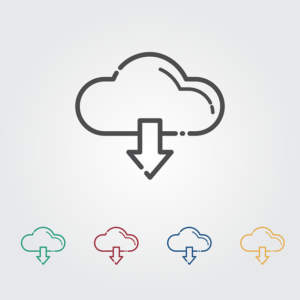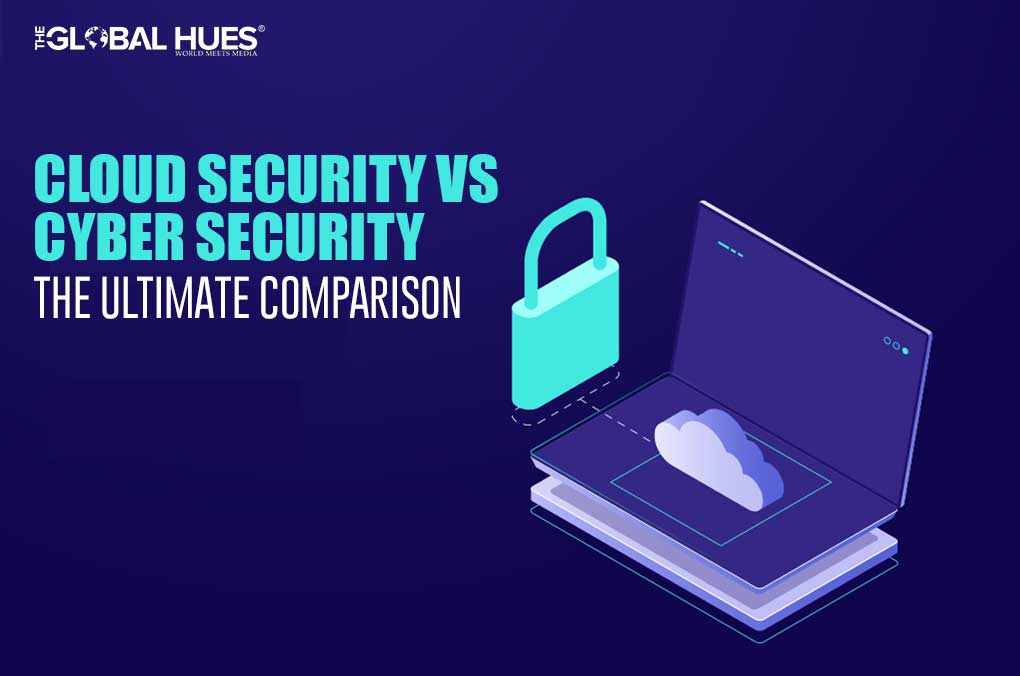When searching for cloud security vs. cyber security, you must know your options. This is especially true for small business owners who don’t have the luxury of hiring an entire team to handle the process. If you’re looking to protect your information from hackers, identity theft, and more, read on.
The terms cloud security and cyber security are often used interchangeably, but they are very different. This comparison article will look at how the two terms differ.

Data Security
Data security is a top concern for everyone, and businesses need to take action to ensure their data is under protection. Some companies look only at cyber security measures and do not consider cloud security as part of their data protection plan. But, with the increased use of cloud solutions, it is important to understand how both types of security work together.
The cloud is one of the most extensive single technological disruptions since the advent of the internet. Yet, enterprises face security challenges while moving to the cloud in increasing numbers. In particular, there is a growing awareness that cloud security and cyber security cannot be viewed in isolation from each other.
Cyber security needs to be part of broader operational technology (OT) security strategy. Cloud computing offers a whole new range of potential vulnerabilities. It also has attack surfaces for cybercriminals to target. So cloud security needs to be more broadly part of operational technology (OT) security.
This means greater collaboration between IT security and OT security service. They protect physical assets like power generation plants and factories from cyber attacks. For example, OT teams could benefit from continuous scanning for vulnerabilities in their IT systems. They could leverage network data from their cloud environments.
To check out how vulnerable your data is, check out OT cybersecurity vendor-industrial defender. This will help you to calculate the risk of your company.
What Is Cloud Security?
Cloud security refers to a broad set of policies, technologies, applications, and controls deployed to protect data, applications, and the associated infrastructure of cloud computing. The objective is to protect enterprise systems and data from threats and risks. Cloud security also aims to meet compliance requirements for organizations that use cloud services.
The cloud offers greater flexibility for companies that want to develop their applications and services. This is without investing in additional infrastructure. It also allows you to;
- Back up data
- Update software
- Perform analytics
- Collaborate with clients and colleagues worldwide
But, the virtual nature of the cloud can increase the risk to sensitive information. This is because there are more opportunities for hackers to access it remotely.
Cloud security is an umbrella term. It refers to the policies, technologies, applications, and controls utilized to protect data stored in the cloud. Cloud security tools can be implemented by the cloud service provider (CSP) or the customer. Cloud security can be broken down into three main categories:
Data Protection
This includes securing data at rest and in transit from unauthorized access, modification, or deletion. It also includes tracking data flow and ensuring the proper encryption of sensitive information.
Compliance
This is about ensuring that a CSP complies with all relevant regulations for the data types it is processing and storing. For example, all European Union citizens’ data must be stored within the EU’s borders to comply with GDPR.
Identity and Access Management (IAM)
This refers to all policies, procedures, and technologies used to manage users’ access rights to protected systems and resources. The goal is to ensure that only authorized individuals access specific information. They enforce least-privilege user policies. Users only have access rights needed for their work.
What is Cyber Security?

Industrial cybersecurity refers to the methods used to protect networked systems from unauthorized access. This includes hardware and software infrastructure and any data stored on the system. Cyber security protects devices, systems, and networks from computer threats that target their cyber security infrastructure.
But what are these computer threats? They come in many forms but can be categorized as malicious code and behavior. Some examples include:
Malware
These are software such as viruses, Trojans, and worms. These programs infect devices by attaching themselves to other legitimate programs or documents. Their purpose is to hijack your device by corrupting system files or stealing your personal information.
Phishing
These identity thefts occur electronically, usually through email. These emails may appear from a legitimate source, e.g., PayPal. They will usually ask you to confirm personal details like passwords or credit card numbers. If you provide this information, the phishers will use it to access your accounts.
Spam
These are unsolicited email messages, usually advertising products or services. Spam can also contain malware or phishing links.
Denial-of-Service Attacks
These are attempts to prevent legitimate users from accessing a network or service by blocking access. The most common method of DoS attack is called an SYN flood. Whereby an attacker sends out many connection requests but doesn’t complete that connection.
Cloud Security vs. Cyber Security: Similarities
Though cloud security and cyber security are not the same, there are many similarities. Both have the same ultimate goal: to defend against cyber threats.
Both also focus on protecting data from unauthorized access. Or other malicious activities by using similar security measures. These include:
- Firewalls – control network traffic according to a set of rules to detect and prevent suspicious activities
- Encryption – includes data encryption in transit vs. data encryption at rest. This makes it difficult for hackers to read information as it travels across networks or is stored in databases.
- Antivirus software – scans files and programs for viruses and other malware
- Multi-factor authentication – requires more forms of identification beyond usernames and passwords
- Intrusion detection systems – track data transmissions looking for suspicious activity
- Other preventive measures are vulnerability assessments, compliance audits, identity management solutions, etc.
Bottomline
Ultimately, both cloud security and cyber security are tied together. They work to protect our data and keep our information safe. No matter which you choose, make sure to know what sort of security options are being used by your provider.
Look into their procedures, the level of encryption they use, and what third-party organizations they hire. This ensures that none of your information falls into the wrong hands.



